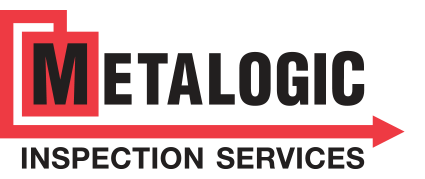Nuclear Feeder tube inspection
October 3, 2017
Atomic Energy of Canada Limited (AECL) has spent the last 20 years perfecting what is often referred to as “life extension” or “refurbishment” projects on CANDU reactors. Metalogic has supported all refurbishment teams to date, focusing on the replacement of radiography with phased array (MetaPhase™).
The Challenges: RADIOGRAPHY
Due to typical hurdles associated with radiography including production interruptions, lengthy inspection times, and radiation exposure from both the inspection technique and the reactor, an alternative inspection solution was required. With the new ASME Nuclear Code Case N-659-2 recently approved, it was determined phased-array ultrasonics was the best available technique.
However, given that this project would set precedent and the highest level of safety and quality was expected, it was quickly concluded that the ASME code case by itself would not satisfy the owner(s) or regulatory bodies in terms of personnel qualifications, training, technique demonstrations and quality of inspection results.
The Solution: METAPHASE™
In conjunction with AECL, Metalogic took the lead in developing a detailed step-by-step guide on how to qualify MetaPhase™ relative to all stakeholders including the stringent requirements specified by AECL, The Owner Operator and the CNSC.
- Procedure Qualification/Demonstrations
- Personnel Qualifications/Demonstrations
- Final C.I.Q.B. certification
- Regulatory, Client and Contractor Phased Array
- Auditor Training
- Technician Application Training
- Technology Development
Project Impacts
The primary objectives in the implementation of MetaPhase™ were achieved including A.L.A.R.A., enhanced welding productivity, the highest quality weld and reduce project costs. The following K.P.I.’s were identified across all projects, with varying levels of success directly related to each project’s unique process and requirements.
Welding
- Increased productivity by eliminating “radiography windows”. Reduced repairs through real time inspection results.
- Reduced repair time and cut-outs through precise defect-depth reporting.
- Reduced equipment and manpower movement through real time inspection.
Risk/Safety
- Increased weld quality through a higher P.O.D. on critical defects.
- Reduced radiation exposure for all trades.
- Eliminated additional radioactive sources.
Inspection
-
- Increased productivity utilizing multiple inspection crews in the
- same area.
- Faster inspection times increasing productivity.
- Less “re inspections” due to real time inspection results.
